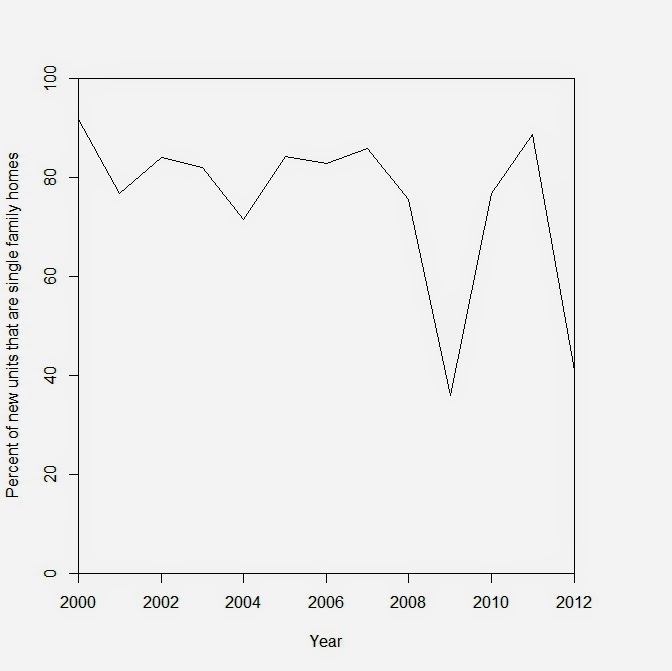You'll notice that much of the Republican south is opting out of the Medicaid expansion, as is a large conservative swath of states in the Midwest. For now there are 19 opt-out states. Here is a breakdown of each state's decision. Utah still hasn't ironed out what they're doing, but it appears it will be decided later this year in a special legislative session. Thus far, about 4.8 million people don't have health insurance because of the states that have opted out.
Now, what about the costs of expansion? First, It's 90% paid for by the federal government in perpetuity (and 100% paid for the first three years). Even though Republican legislatures have moaned about the unknown costs this will place on state governments, it turns out to be a spending increase of only of 1.6%:
Okay, so a budget increase of 1.6% doesn't seem like a lot, but perhaps some state budgets are strapped. Perhaps some states can't afford any budget increases at all? Entirely possible. But, as always, there's a trade off here. It turns out that those states which don't expand Medicaid, in aggregate, will cause up to 17,000 unnecessary deaths across the US. This comes from a study by researchers at Harvard and the City University of New York. And here are some highlights of the real world consequences of these states not expanding Medicaid:
Some 712,037 additional people are likely to be diagnosed with depression. An additional 240,700 people will be faced with catastrophic medical bills.Some 422,553 diabetics will not get medications they need to treat their illness. Women will go without life-saving tests: among those aged 50 to 64, 195,492 will fail to get mammograms; and among those aged 21 to 64, 443,677 will not get pap smears.
You be the judge, of course, but it appears to me that states opting out of the Medicaid expansion aren't doing it to save 1.6% of their budgets. Perhaps they're wanting to spite the ACA? Who knows. But what we do know is that the decisions of these opt-out states may cause up to 17,000 unnecessary deaths.
Note: many state senators in Utah complain that the federal government is so strapped financially that it won't be able to deliver on its promises to pay for the Medicaid expansion. As of 4/30/2014, here are the rates the federal government pays to borrow money. With the feds paying 2.69% for ten years, does that make it seem like they're a bad credit risk? Does that seem like the rate you'd get from a credit card company, loan shark, or pay day lender? No, and that's because there's very little risk of the money not being paid back.






+on+Twitter.jpg)







+on+Twitter.jpg)
+stations+and+prices+in+Salt+Lake+City,+UT.jpg)
+on+Twitter.jpg)




.JPG)
.JPG)





.JPG)






.jpg)


.JPG)

